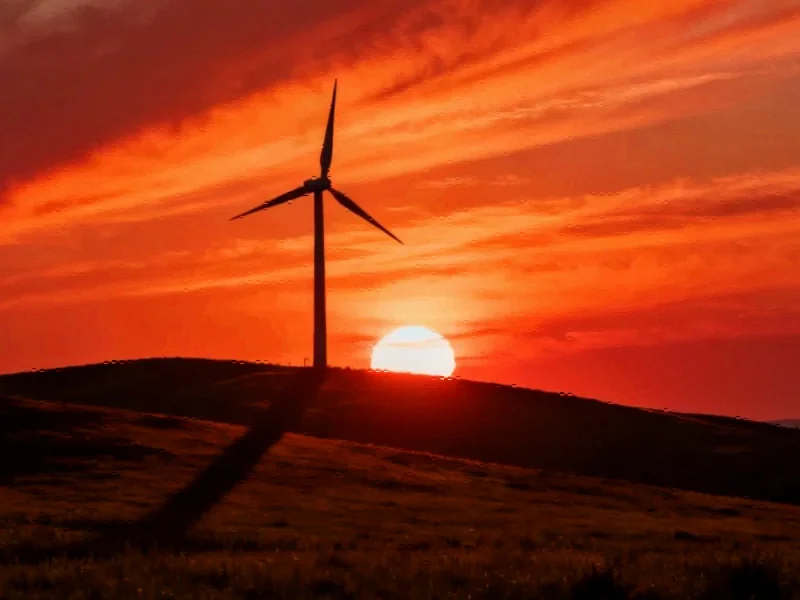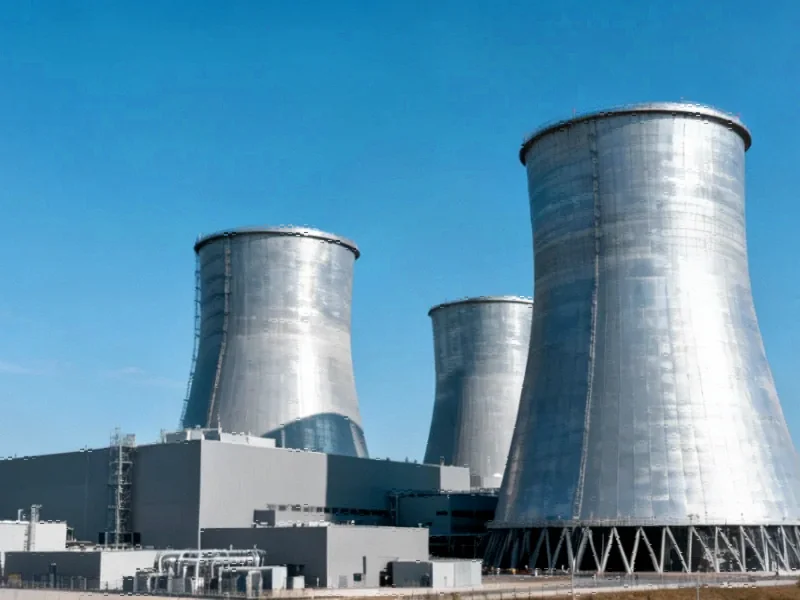Major Regulatory Overhaul at Energy Commission
The Federal Energy Regulatory Commission has implemented what analysts suggest represents a quiet revolution in energy regulation through its newly enacted sunset provisions. According to reports, the commission issued Order No. 914 on October 1, 2025, establishing automatic expiration dates for 53 existing regulations unless they are affirmatively reauthorized.
Executive Order Drives Regulatory Reform
The action follows President Donald Trump’s Executive Order 14270 signed in April 2025, which mandated that federal energy regulators implement “sunset” clauses into existing rules. Sources indicate that while multiple agencies were covered by the order, FERC has been the first and so far only regulator to implement such provisions, despite the September 30 deadline set by the administration.
The philosophy behind this regulatory approach, according to the report, is that regulations should periodically justify their continued existence rather than remaining in effect indefinitely. This represents a significant shift in how federal rulemaking typically functions, where rules often persist for decades without comprehensive review.
Scope and Impact of the Sunset Rule
Under the new rule, the 53 targeted regulations will automatically expire one year after the rule’s effective date unless FERC determines after public comment that any should be retained for up to five additional years. The commission reportedly relied on an expedited “direct final rule” process endorsed by the Administrative Conference of the United States for noncontroversial regulatory updates.
FERC paired the direct final rule with a companion Notice of Proposed Rulemaking to ensure that if significant opposition arises during the commenting process, the agency can transition to a more traditional rulemaking approach without losing momentum for the reforms.
Targeted Regulations and Practical Effects
Among the regulations headed for retirement are obsolete filing requirements that mandate paper copies of maps or require companies to include public notices formatted for publication in the Federal Register. Analysts suggest these requirements represent relics from a pre-digital administrative age that complicate compliance and consume agency resources unnecessarily.
Other notable regulations scheduled for sunset include:
- 18 C.F.R. § 2.21 concerning “Regional Transmission Groups,” which has been overtaken by the rise of regional transmission organizations
- 18 C.F.R. § 2.25 relating to ratemaking treatment of emissions allowances from the pre-market era before generation deregulation
- 18 C.F.R. § 287.101 tied to the Powerplant and Industrial Fuel Use Act of 1978, most of which was repealed nearly four decades ago
- 18 C.F.R. § 157.218 requiring redundant annual reporting of customer name changes
Strategic Approach and Future Implications
According to legal experts, FERC’s action was notably narrower than earlier internal drafts had contemplated. Reports indicate that earlier versions had floated including high-profile rules governing core aspects of transmission policy and electricity market structure, but these were excluded from the final rule.
By limiting focus to “outdated, seldomly used, or duplicative” provisions, sources suggest FERC may be avoiding potential political battles while establishing precedent for larger reforms in the future. This approach to regulatory sunset provisions demonstrates that regulatory reform can be proactive and deliberate rather than moving at what critics often describe as a glacial pace.
The commission points to its independent rulemaking authority under the Federal Power Act, the Natural Gas Act and the Powerplant and Industrial Fuel Use Act as the legal basis for issuing the sunset rule. The full documentation is available through the FERC eLibrary system and on the commission’s official website.
Broader Regulatory Context
Industry observers note that while these changes might not unleash torrents of new energy investment overnight, they represent a proof of concept for how agencies can embrace continuous regulatory improvement. The process of preparing Order No. 914 required FERC to comprehensively review its regulations, which reportedly generated additional ideas for rules that could be candidates for future sunset actions.
With FERC establishing this precedent, the significant question now is whether other agencies covered by the same executive order will follow suit. The Environmental Protection Agency, Department of Energy, and Interior Department subagencies are all subject to the same mandate but have thus far not issued comparable rules.
Legal analysts suggest that this regulatory development occurs alongside other significant energy market trends and political considerations that continue to shape the energy landscape. According to industry reports from firms like Hunton Andrews Kurth, FERC’s approach demonstrates that sunset provisions represent a practical tool for preventing the machinery of government from becoming immobilized by regulatory inertia.
This article aggregates information from publicly available sources. All trademarks and copyrights belong to their respective owners.
Note: Featured image is for illustrative purposes only and does not represent any specific product, service, or entity mentioned in this article.



